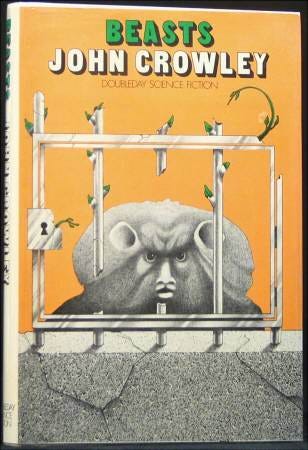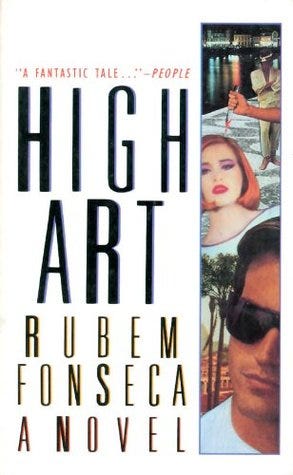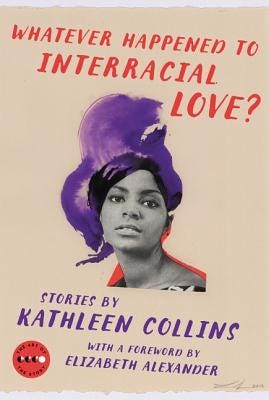Reading Lists
On Our Nightstands: What Electric Lit Is Reading This Week

From Kathleen Collins to John Crowley, here are the books our staff is currently enjoying


Beasts by John Crowley
I read a short John Crowley book published in 1976 called Beasts. Despite its brevity, it contains an awful lot, more than can be covered in this short paragraph. I suspect that in light of recent discussion pieces I’ll get in trouble for making this claim, but I would say it’s a dystopic, speculative novel that slips between sci-fi and fantasy. It considers a future U.S. after it has been divided into various territories. The country is controlled by a thinly veiled dictatorship, but in the outlying territories, there are various communist enclaves and eco settlements. Scientists have recently developed a genetically modified species known as leos that crosses humans with lions. That species is now fighting for its rights and survival from human hunters. There is one character, Reynard, who is a cross between a fox and a human, but he’s the only one and is, unlike the leos, very powerful with a high position in the government. For the most part, Beasts follows three main characters: a leo called Painter who’s on a vengeance mission, Reynard, and a falconer who leaves his bird tower for a job as caretaker to the ruler’s children. As you might imagine, there are a lot of ideas being tossed around, and sometimes the writing feels that way: a salad of genre tropes. At other times, though, the writing is beautiful and the scenes distilling. And considering the book was written in the ’70s, there are moments that feel prescient. I’m excited to read some of Crowley’s more recent and developed work.

High Art by Rubem Fonesca
As reported in my last update, I’m digging into more from Rubem Fonseca. This time it’s High Art, which so far reads like Cortázar by way of Raymond Chandler and ends the first chapter on the excellent line, rendered in English: “At times I have interpreted events and behavior. Am I not a lawyer professionally accustomed to the practice of hermeneutics?” Until further notice, I will continue reading Rubem Fonseca and only Rubem Fonseca.

I’m reading Whatever Happened to Interracial Love? by Kathleen Collins. The story behind this collection is fascinating and heartrending tale of under-recognized black female genius. Collins’s only feature film “Losing Ground” (1984) was “rediscovered” in 2015 and given its first official release at Lincoln Center, soon to be followed by this collection of story stories, written the decade before. The New Yorker describes it as, “a multidimensional revelation whose invisibility until now is as grievous a loss to literature as the near-disappearance of Losing Ground has been to the world of movies.”
The stories themselves are even more remarkable, each experimenting with different voices and styles. How’s this for an opening gambit: “I had an uncle who cried himself to sleep. Yes, it’s quite a true story and it ended badly. That is to say, one night he cried himself to death.”
I was recently lamenting with a colleague how white the MFA short story cannon is, with Cheever, O’Connor, Carver, and Munro as its patron saints. Whatever Happened to Interracial Love? was written during the MFA workshop heyday, and serves as a reminder that should be obvious, but is unfortunately still very much needed: that the whiteness of the short story cannon is not for lack of extraordinary writing by people of color. Kathleen Collins died of breast cancer at 46. If there’s an upside to her stories being posthumously published, albeit a small one, it’s that the stories benefit from being, presumably, untouched by an editor, who would have tried to turn them into something more traditional. They are deceptively humble; often short but never slight, and totally original.









